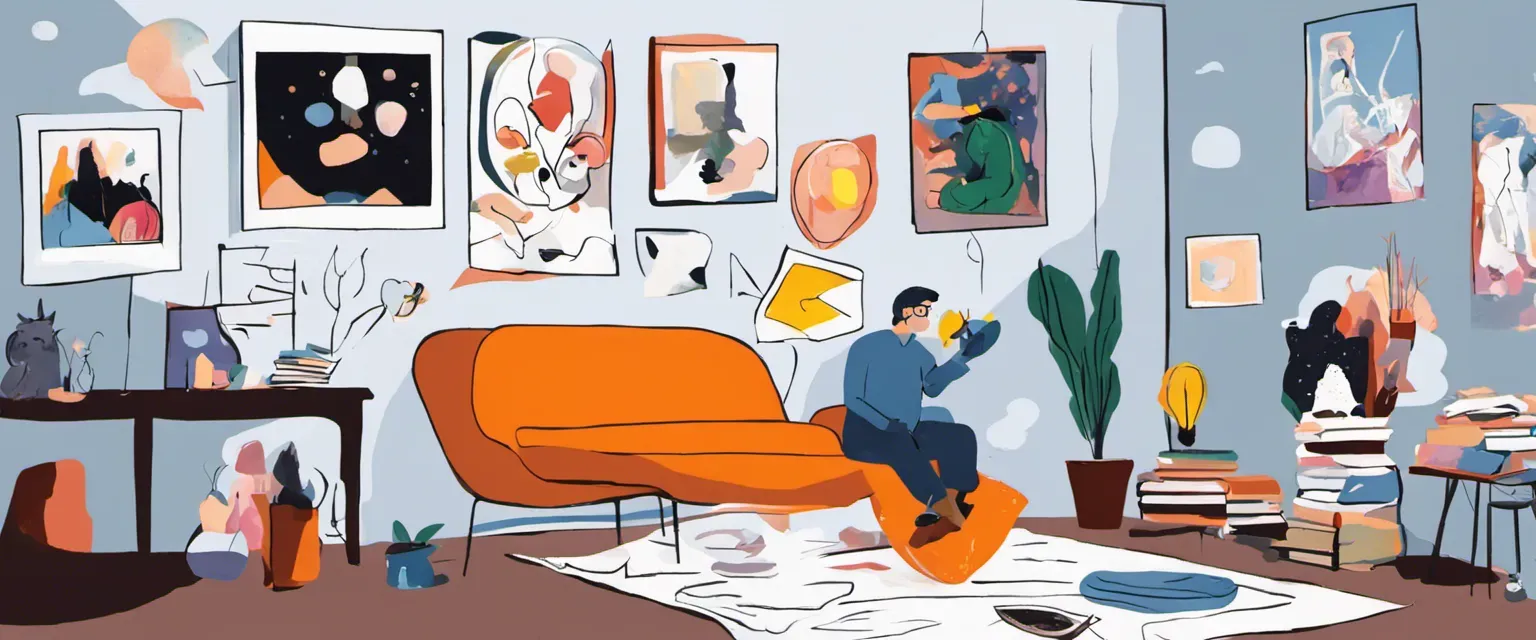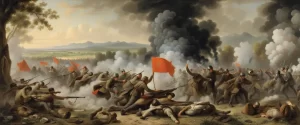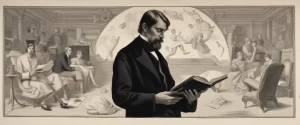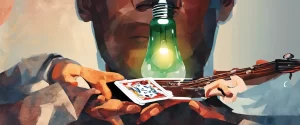——Art as Therapy by Alain de Botton & The Tapping Solution by Nick Ortner
In the world of self-help literature, Art as Therapy by Alain de Botton and The Tapping Solution by Nick Ortner stand out as two prominent works that offer unique perspectives on personal growth and healing. While these books belong to different genres and delve into distinct therapeutic techniques, they both share a common goal of empowering individuals to overcome challenges and find meaning in their lives.
Art as Therapy, penned by philosopher Alain de Botton and art historian John Armstrong, explores the transformative potential of art in our daily lives. Through a careful examination of various art forms, from paintings and sculptures to architecture and design, the authors argue that art can function as a powerful tool for emotional and psychological well-being. Rather than solely appreciating art for its aesthetic beauty or historical significance, de Botton and Armstrong suggest that art has a much deeper purpose: it can provoke introspection, alleviate suffering, and guide us towards a better understanding of ourselves.
On the other hand, The Tapping Solution by Nick Ortner delves into the realm of energy psychology and introduces a unique technique known as Emotional Freedom Technique (EFT), also referred to as tapping. Ortner presents tapping as a practical method for reducing stress, anxiety, and emotional distress by gently tapping on specific acupressure points on the body. Through a combination of affirmations and physical tapping, Ortner contends that users can release negative emotions, reframe limiting beliefs, and ultimately achieve emotional freedom.
While the subject matter and approaches of these two books may appear vastly different at first glance, a closer examination reveals fascinating parallels. Both Art as Therapy and The Tapping Solution ultimately aim to provide individuals with tools for inner exploration, healing, and personal growth. They address the intricate connections between emotions, experiences, and self-awareness, albeit through different lenses. Art as Therapy places a strong emphasis on visual imagery and artistic interpretation, encouraging readers to engage with art as a means of self-reflection and inspiration. On the other hand, The Tapping Solution invites readers into a world of energy healing, tapping into the body’s energy meridians to alleviate emotional pain and foster well-being.
In this comparative study, we will explore the fundamental principles and techniques presented in these two books, examining their respective strengths and weaknesses, and evaluating their effectiveness in promoting self-discovery and emotional healing. By juxtaposing the concepts of art therapy and tapping, we aim to uncover the distinct perspectives they offer on overcoming personal challenges, cultivating resilience, and finding fulfillment in our lives.
Through an exploration of these two renowned works, we will embark on a journey that encompasses the transformative power of art and tapping, ultimately seeking to understand their potential in empowering individuals to lead more fulfilling and meaningful lives.
Brief Summary of Two Books
Art as Therapy by Alain de Botton
Art as Therapy” by Alain de Botton is a thought-provoking book that explores the therapeutic potential of art. De Botton, alongside art historian John Armstrong, argues that art can be more than just a source of entertainment or decoration – it can also serve as a profound medium for emotional and psychological healing.
The book delves into the various ways in which art can address universal human needs, such as nature, love, and self-reflection. It proposes that art can act as a substitute or complement to traditional therapeutic practices, offering solace, guidance, and insight into the complexities of human existence.
Each chapter focuses on a specific aspect of life and demonstrates how different works of art can assist in navigating personal challenges. For example, the authors suggest that a painting of a peaceful landscape can help individuals reconnect with nature and find tranquility in a hectic world. Similarly, a sculpture representing the bond between parent and child can provide comfort and reassurance to those struggling with family relationships.
The book also encourages readers to engage more deeply with art by actively participating in the interpretation and reflection on works of art. De Botton and Armstrong argue that by developing a personal connection with art, individuals can not only find solace or inspiration but also gain insight into their own psychological state and develop a better understanding of their emotions.
By emphasizing the therapeutic potential of art, “Art as Therapy” encourages readers to explore the emotional and psychological dimensions of art, inviting them to integrate art appreciation into their daily lives. It serves as a reminder that art can be more than just visually pleasing, but also a powerful tool for personal growth and well-being.
The Tapping Solution by Nick Ortner
The Tapping Solution” by Nick Ortner is a practical guide that focuses on the technique of Emotional Freedom Techniques (EFT), also known as tapping. The book teaches readers how to use this simple and effective method to alleviate negative emotions, reduce stress, and overcome physical and emotional pain.
Ortner begins by explaining the basics of tapping, which involves the gentle tapping of specific meridian points on the body while focusing on the negative emotion or issue at hand. He provides step-by-step instructions on how to perform tapping, emphasizing its ability to rewire the brain and release stored emotions and energy.
Throughout the book, Ortner provides numerous real-life success stories and case studies to illustrate the power of tapping. He covers various areas where tapping can be applied, such as relieving anxiety, improving relationships, boosting confidence, and achieving weight loss goals.
“The Tapping Solution” also delves into the science behind tapping, discussing how it affects the body’s stress response, brain function, and energy system. Ortner debunks common myths and misconceptions about tapping, providing evidence-based explanations for its effectiveness.
In addition, the book includes practical exercises, tapping scripts, and guided meditations that guide readers through specific issues or challenges, encouraging them to personalize their tapping practice. Ortner also addresses common obstacles that may arise and offers techniques to overcome them.
Overall, “The Tapping Solution” offers readers a comprehensive understanding of tapping and provides them with the tools to incorporate this technique into their daily lives. It serves as a self-help resource for individuals seeking to alleviate emotional and physical distress, improve their overall well-being, and achieve personal growth and transformation.
Comparison between Two Books
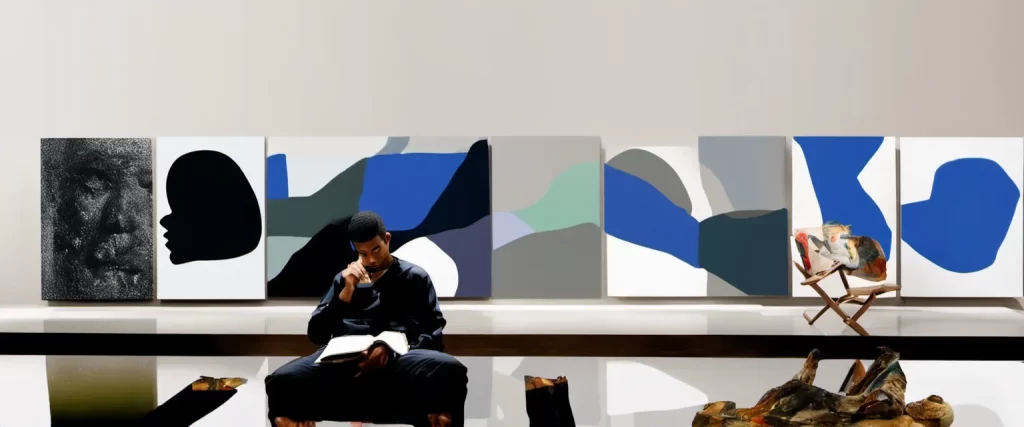
Similarities in Psychological Healing
Both “Art as Therapy” by Alain de Botton and “The Tapping Solution” by Nick Ortner explore the concept of psychological healing in their own unique ways. While the approaches may differ, there are some similarities in their exploration of healing and the potential benefits they offer.
1. Non-conventional Techniques: Both books advocate for non-conventional techniques in psychological healing. “Art as Therapy” encourages using art as a means to explore and express emotions, while “The Tapping Solution” promotes tapping on specific meridian points to address emotional challenges. Both authors believe in the power of alternative methods to complement or even replace traditional therapeutic approaches.
2. Self-Exploration and Awareness: Both books emphasize the importance of self-exploration and self-awareness in the healing process. “Art as Therapy” suggests that engaging with art can help individuals uncover suppressed emotions or desires and gain a deeper understanding of themselves. “The Tapping Solution” similarly emphasizes the need to acknowledge and accept one’s emotions as a vital step towards healing.
3. Emotional Processing: In both books, the authors discuss the significance of processing and releasing emotions. “Art as Therapy” posits that art provides a platform for the exploration of emotions, allowing individuals to confront and work through difficult experiences. “The Tapping Solution” highlights tapping as a technique that helps individuals release negative emotions and restore emotional balance.
4. Mind-Body Connection: Both books acknowledge the mind-body connection as a crucial aspect of healing. “Art as Therapy” argues that engaging with art can generate a sense of relaxation and joy, positively impacting an individual’s mental and physical well-being. “The Tapping Solution” also recognizes the connection between emotional and physical health by emphasizing how tapping on meridian points can alleviate physical symptoms rooted in emotional distress.
5. Empowerment and Self-Help: Both books advocate for a self-help approach to psychological healing. “Art as Therapy” encourages individuals to actively engage with art to enhance their own emotional well-being and find their unique paths to healing. “The Tapping Solution” promotes tapping as an accessible technique that individuals can learn and practice on their own, empowering them to take control of their emotional health.
While the methods and practices discussed in “Art as Therapy” and “The Tapping Solution” may differ, both books share a common goal of promoting psychological healing through non-conventional means. By emphasizing self-exploration, emotional processing, and the mind-body connection, they offer individuals alternative approaches to address their emotional challenges and enhance their overall well-being.
Divergences in Psychological Healing
Art as Therapy by Alain de Botton and The Tapping Solution by Nick Ortner are both self-help books that delve into the realm of psychological healing, but they approach this subject from different perspectives.
One major divergence between these books is the medium through which they propose psychological healing. Alain de Botton argues that art can effectively serve as a therapeutic tool, helping individuals understand, process, and communicate their emotions. De Botton believes that art has the power to heal by engaging with its aesthetic qualities, allowing individuals to relate to and find solace in artistic creations. On the other hand, Nick Ortner’s The Tapping Solution introduces readers to Emotional Freedom Techniques (EFT), a form of therapy that combines tapping on specific meridian points of the body while focusing on emotional concerns. Ortner suggests that this tapping technique can help release negative emotions and promote healing.
Another divergence lies in the approach to the healing process advocated by the authors. Art as Therapy emphasizes the role of aesthetics and interpretation in the healing journey. De Botton encourages individuals to actively engage with art by visiting galleries, museums, or engaging with artworks directly. He suggests that by finding resonance with certain artworks, individuals can uncover and address their emotional needs. The Tapping Solution, on the other hand, focuses more on the involved techniques of Emotional Freedom Techniques. Ortner provides readers with instructions on how to tap using EFT and guides them through specific protocols to address various emotional issues.
Additionally, the underlying philosophy of psychological healing differs between these books. Art as Therapy encourages individuals to search for enlightenment and personal insight through art. De Botton contends that art can help people better understand their emotions and provide guidance for personal growth. Conversely, The Tapping Solution takes a more action-oriented approach, emphasizing the need to actively address and release negative emotions. Ortner believes that through the physical act of tapping, individuals can rebalance their energy system and achieve emotional healing.
In summary, while Art as Therapy focuses on the use of art as a means of psychological healing through aesthetic engagement and interpretation, The Tapping Solution proposes Emotional Freedom Techniques (EFT) to address and release negative emotions. The former encourages individuals to seek personal insight and growth through art, while the latter emphasizes the action-oriented approach of tapping to rebalance one’s energy system.
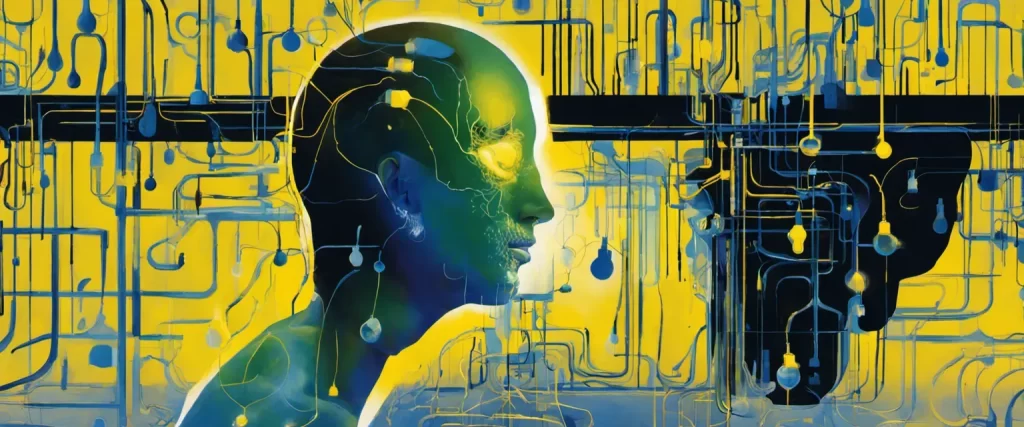
Conclusion
Both “Art as Therapy” by Alain de Botton and “The Tapping Solution” by Nick Ortner offer valuable insights and perspectives, but ultimately the choice depends on your personal interests and needs.
“Art as Therapy” explores the therapeutic potential of art, discussing how art can help us deal with various emotional challenges and enhance our well-being. It provides a thought-provoking examination of the ways in which art can be used as a tool for self-reflection, empathy, and personal growth. If you are interested in the intersection of art and psychology, and how art can contribute to our mental well-being, then this book would be worth reading.
On the other hand, “The Tapping Solution” delves into the practice of Emotional Freedom Techniques (EFT), also known as tapping. It introduces techniques that involve tapping on specific energy points on the body while focusing on emotional issues, in order to reduce stress, anxiety, and other negative emotions. If you are curious about alternative approaches to therapy and want to explore a practical method for emotional healing and self-improvement, then this book could be more suitable for you.
Ultimately, it depends on whether you are more drawn to the topic of art and its therapeutic potential or prefer to explore a specific technique like tapping. Consider your personal preferences and needs, and choose the book that aligns most closely with your interests and goals.
